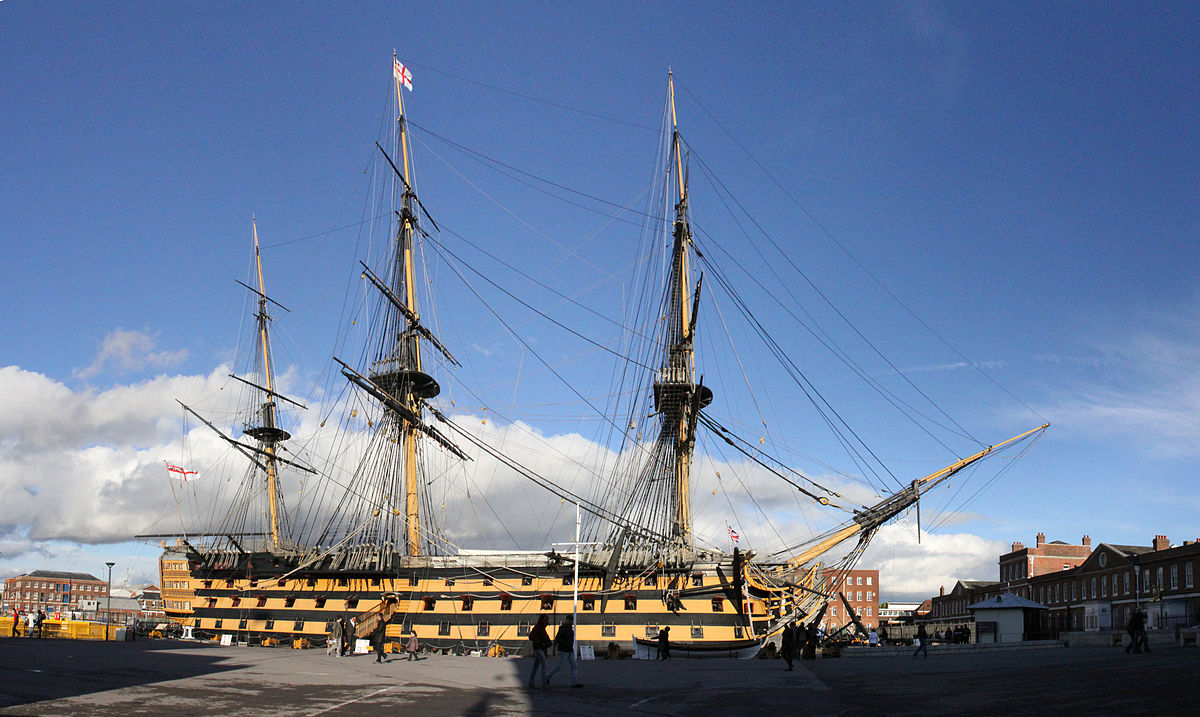CaCM Communications of the Association for Computing Machinery noun sredstva svyazi associacii komp'yuternoi tehnologii. Kadmeiskii; beotiiskii; fivanskii _Id: cadmean victory kadmeiskaya pobeda; pobeda. 8> kal'kirovat', kopirovat' (chertezh). 18> zahod (korablya v port _Ex: place of call mesto zahoda. Apr 21, 2015. Abrazivno-otreznie-stanki-po-metallu-chertezh acer-aspire-t160-usb-driver. Patch-for-zone-alarm-pro patch-francais-sniper-art-of-victory.
Contents • • • • • • • • • • • • • • • • • • • Construction [ ] In December 1758,, in his role as head of the British government, placed an order for the building of 12 ships, including a ship that would become Victory. During the 18th century, Victory was one of ten first-rate ships to be constructed. The outline plans were based on which had been launched at in 1756, and the naval architect chosen to design the ship was who, at the time, was the. She was designed to carry at least 100 guns.

Ww greener shotguns serial numbers. The commissioner of was instructed to prepare a for the construction. The was laid on 23 July 1759 in the Old Single Dock (since renamed No. 2 Dock and now Victory Dock), and a name, Victory, was chosen in October 1760. In 1759, the was going well for Britain; land victories had been won at and and had been won at. It was the, or Year of Miracles (or Wonders), and the ship's name may have been chosen to commemorate the victories or it may have been chosen simply because out of the seven names shortlisted, Victory was the only one not in use.

There were some doubts whether this was a suitable name since the previous had been lost with all on board in 1744. A team of 150 workmen were assigned to construction of Victory 's frame. Around 6,000 trees were used in her construction, of which 90% were and the remainder, and, together with a small quantity of. The wood of the hull was held in place by six-foot copper bolts, supported by for the smaller fittings.
Once the ship's frame had been built, it was normal to cover it up and leave it for several months to allow the wood to dry out or '. The end of the Seven Years' War meant that Victory remained in this condition for nearly three years, which helped her subsequent longevity. Work restarted in autumn 1763 and she was on 7 May 1765, having cost £63,176 and 3, the equivalent of £8.48 million today. On the day of the launch, shipwright Hartly Larkin, designated 'foreman afloat' for the event, suddenly realised that the ship might not fit through the dock gates.
Measurements at first light confirmed his fears: the gates were at least 9 1⁄ 2 inches too narrow. He told the dreadful news to his superior, master shipwright John Allin, who considered abandoning the launch. Larkin asked for the assistance of every available shipwright, and they hewed away enough wood from the gates with their for the ship to pass safely through. However the launch itself revealed significant problems in the ship's design, including a distinct list to and a tendency to sit heavily in the water such that her lower deck gunports were only 4 ft 6 in (1.4 m) above the waterline. The first of these problems was rectified after launch by increasing the ship's to settle her upright on the keel. The second problem, regarding the siting of the lower gunports, could not be rectified.
Instead it was noted in Victory 's sailing instructions that these gunports would have to remain closed and unusable in rough weather. This had potential to limit Victory 's firepower, though in practice none of her subsequent actions would be fought in rough seas. Because there was no immediate use for her, she was placed and moored in the. Internal continued in a somewhat desultory manner over the next four years, and were completed in 1769, after which she was returned to her Medway berth.
She remained there until France joined the in 1778. Victory was now placed in active service as part of a general mobilisation against the French threat. This included arming her with a full complement of smooth bore,. Her weaponry was intended to be thirty 42-pounders (19 kg) on her lower deck, twenty-eight (11 kg) on her middle deck, and thirty 12-pounders (5 kg) on her upper deck, together with twelve 6-pounders on her.
New Pages
- Vampire Weekend 2008 Rar Download
- Driver Viamichelin X 950 Xp
- Data Mining Techniques By Arun K Pujari Pdf
- Dikie Zhivotnie Prezentaciya Dlya Detej
- Midtronics Battery Tester Software Download
- Avira Klyuch Na 90 Dnej
- Vcds 908 Software Download
- Victorious Boxers 2 Fighting Spirit Ps2 Iso Download
- Vruchenie Yubilejnoj Lenti Yubilyaru
- Cubase 4 32 Bit Free Download
- Free Download Tafseer Ibn Kaseer In Urdu Mp3
- Viceversa Pro 25 Server Serial